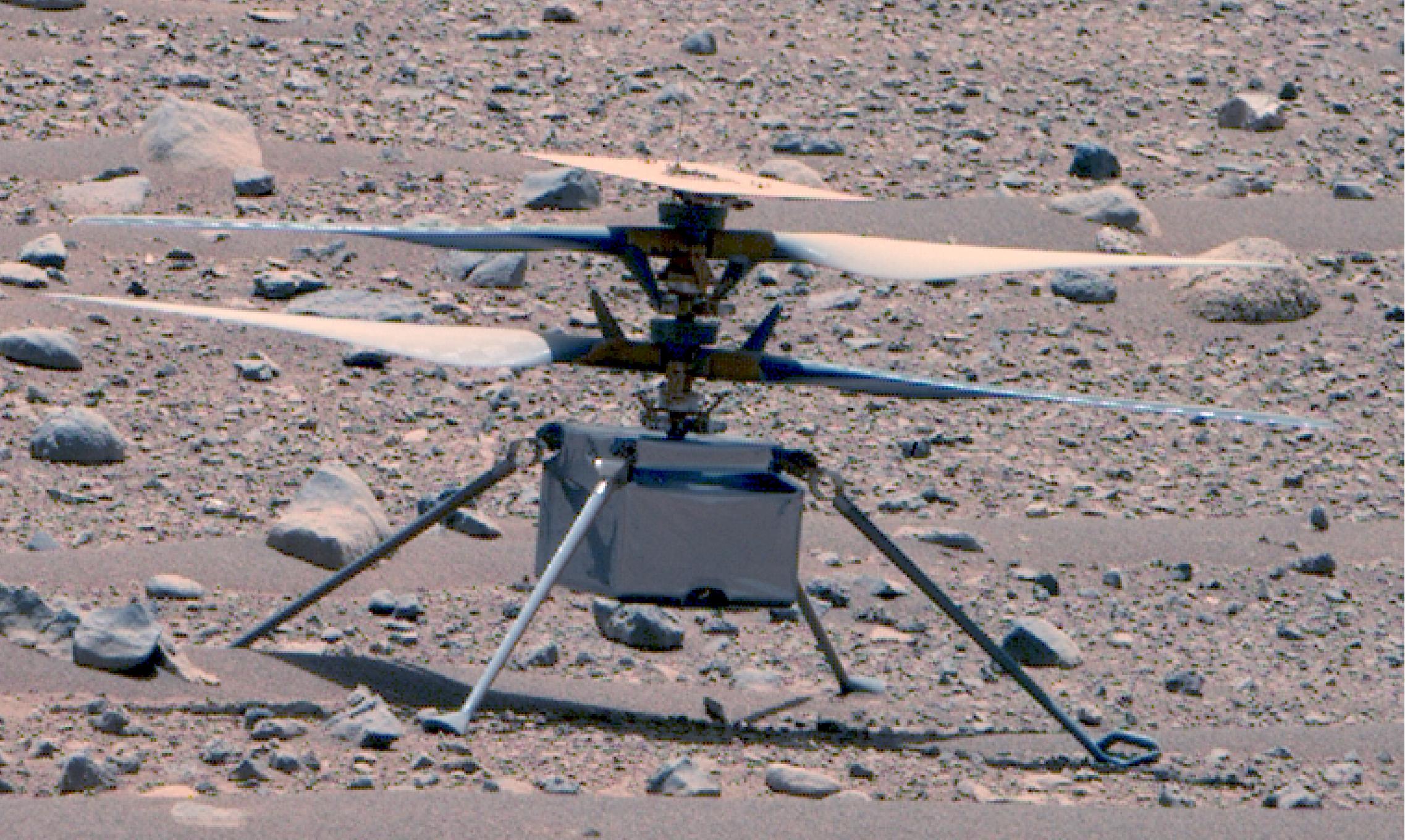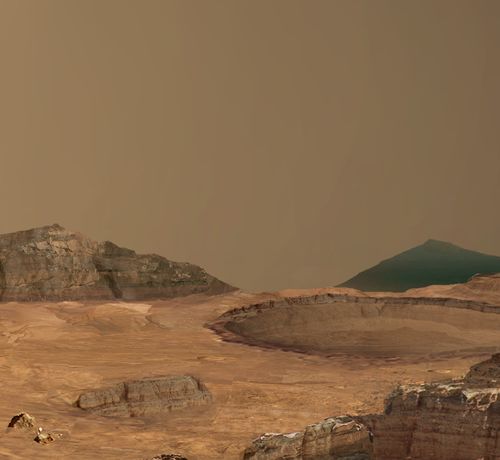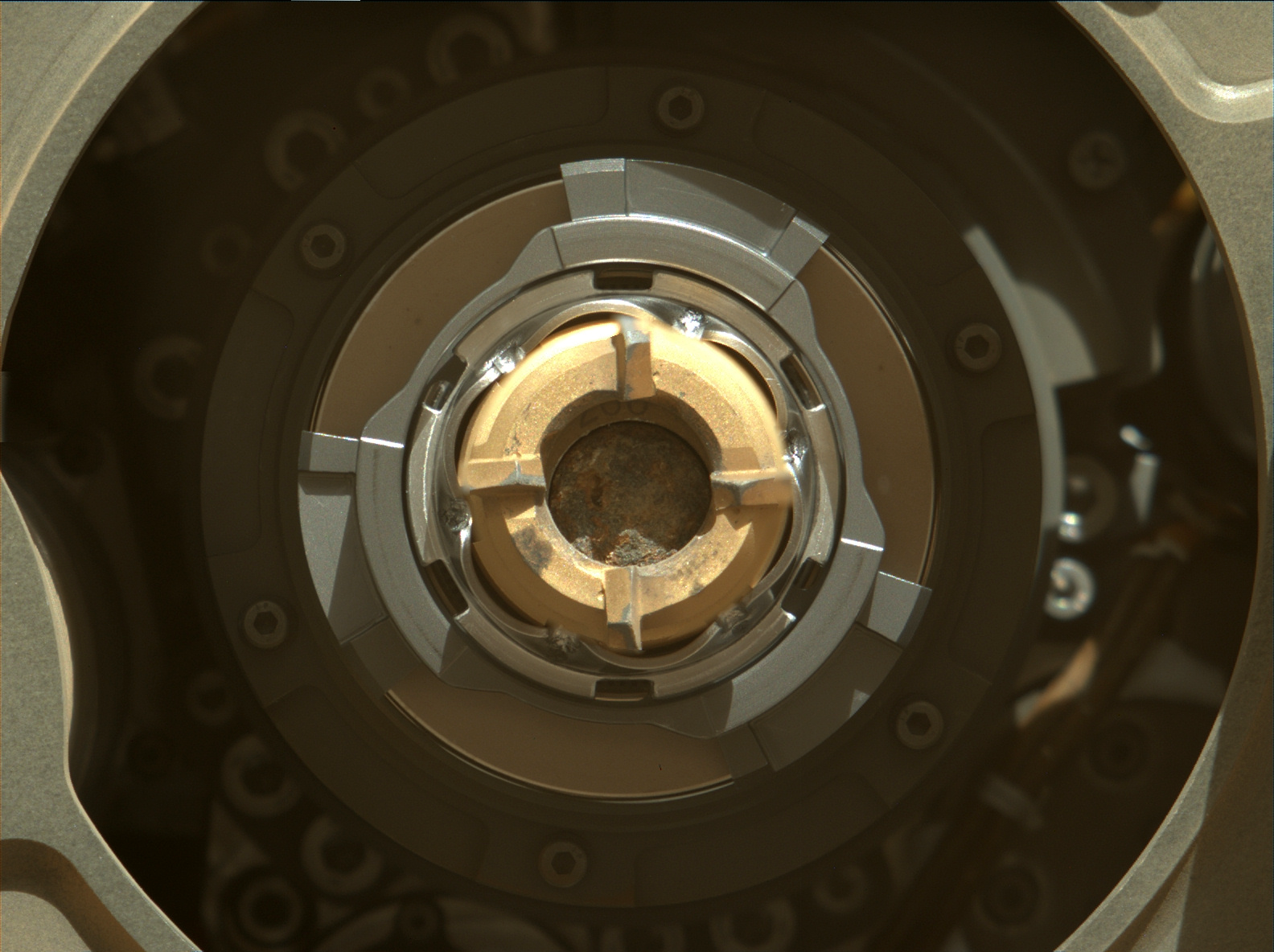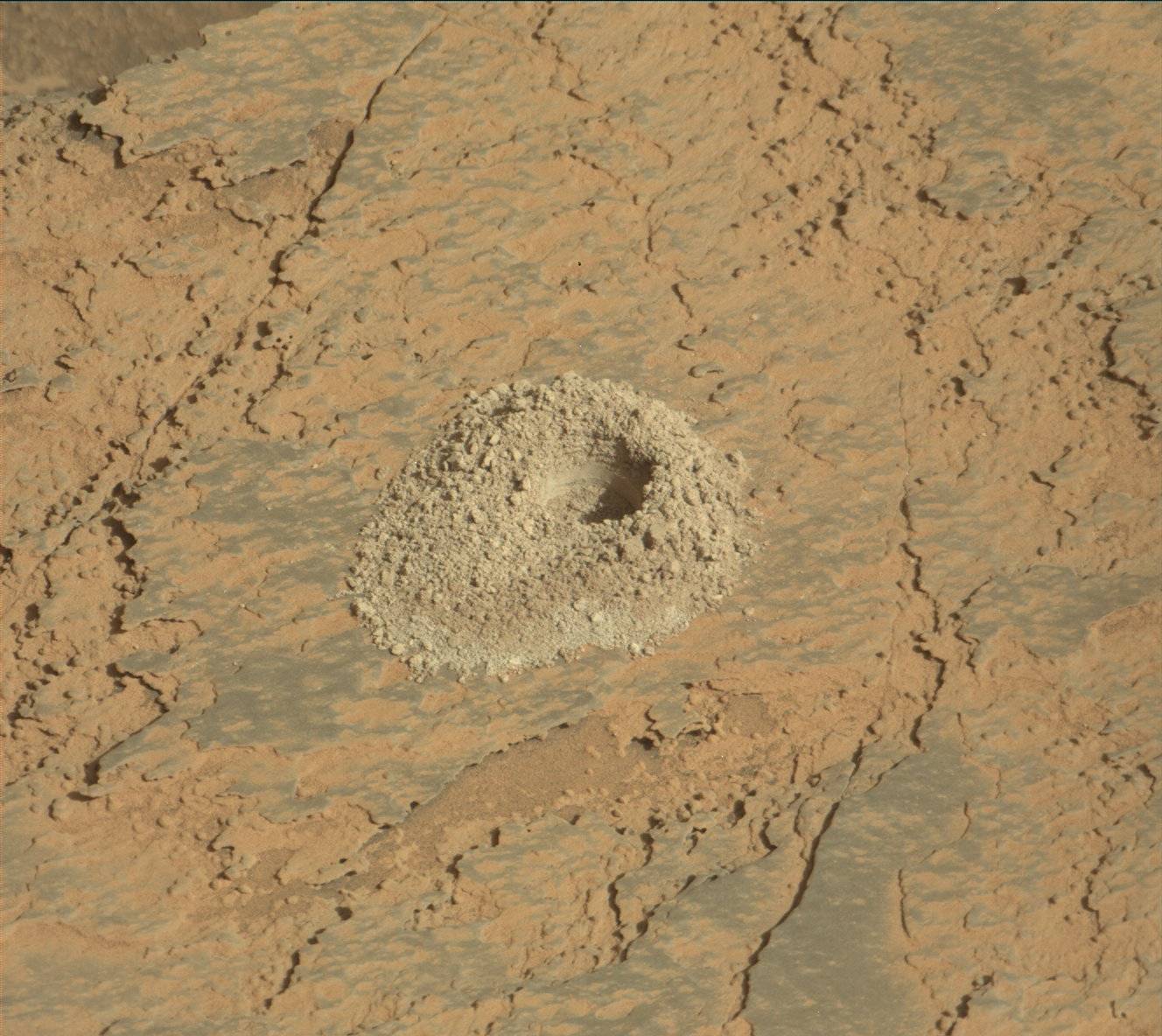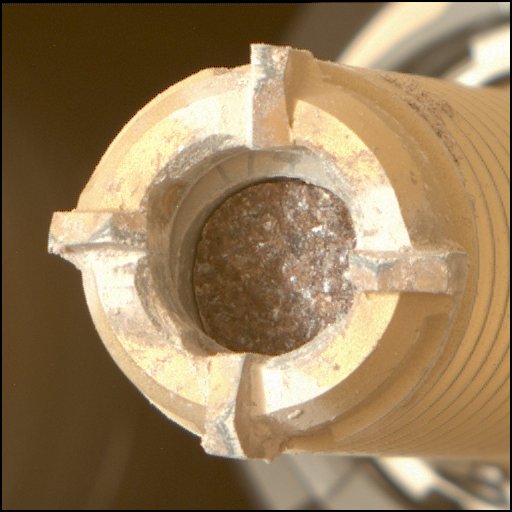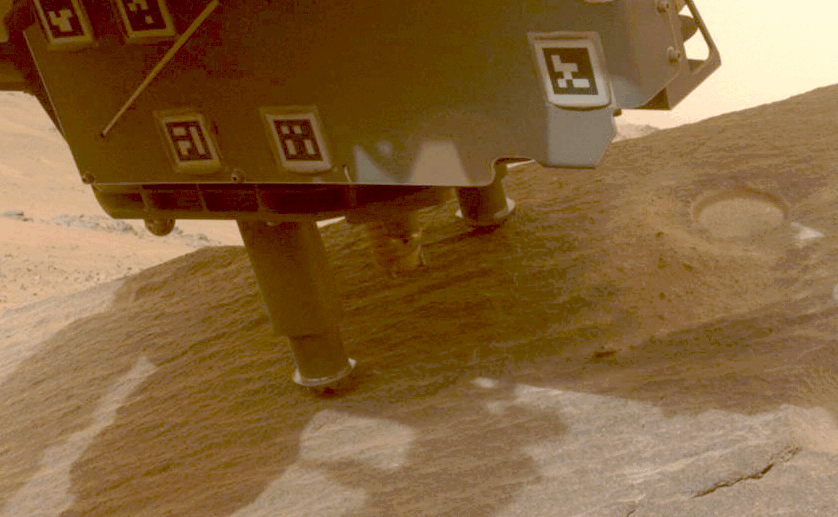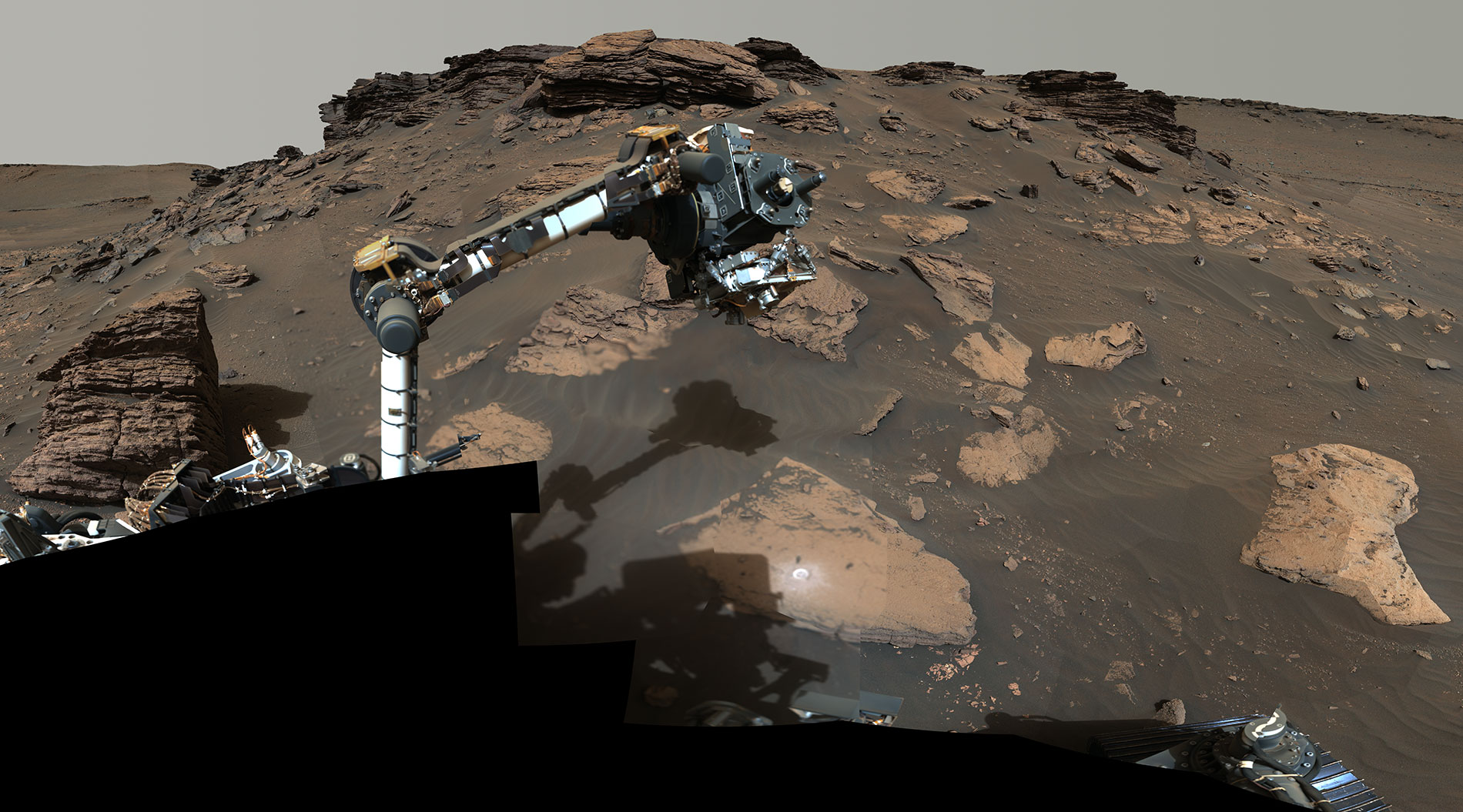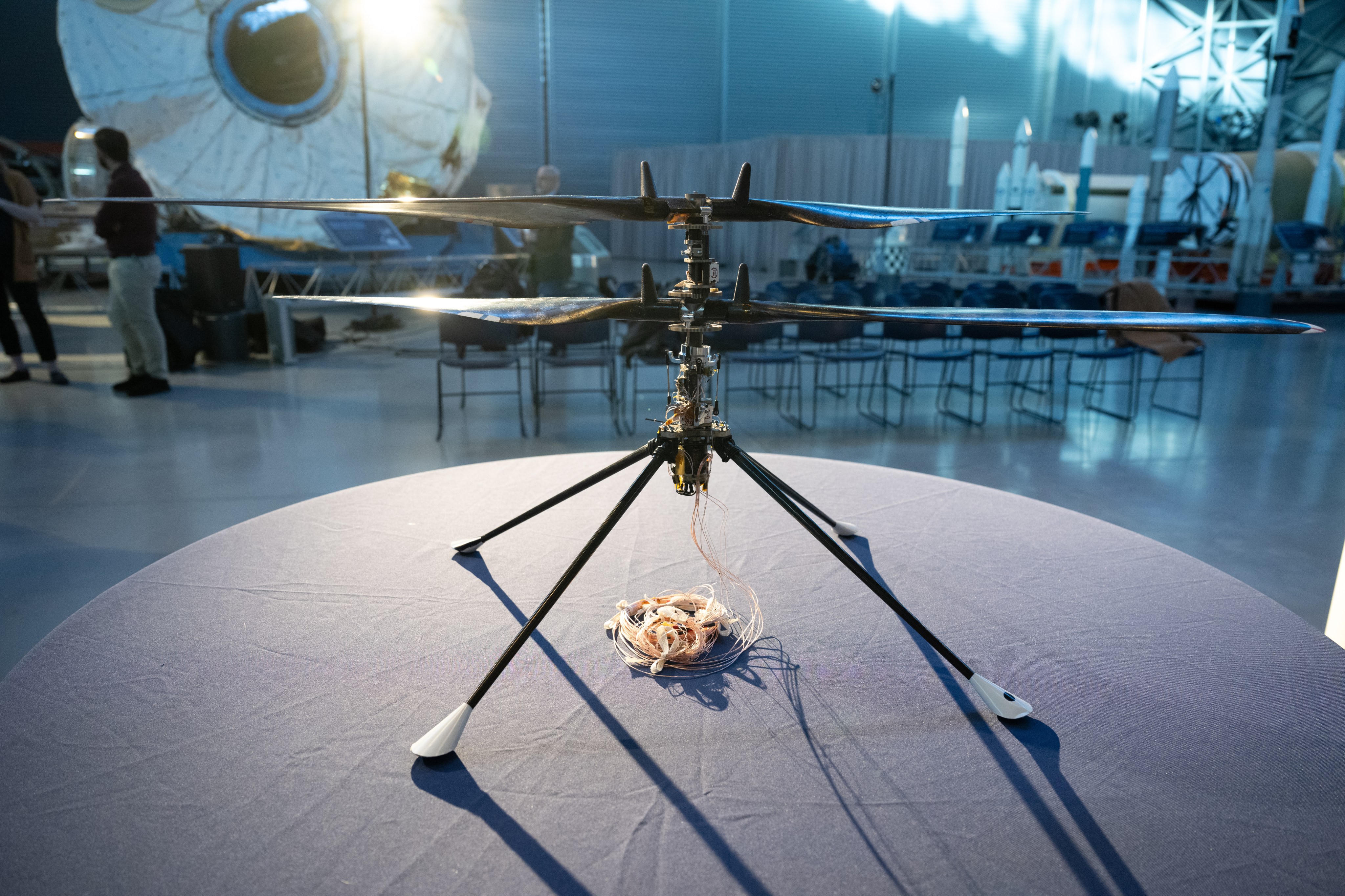Mars 2020: Perseverance Rover
NASA’s Mars Perseverance rover will seek signs of ancient life and collects samples of rock and regolith for possible Earth return.
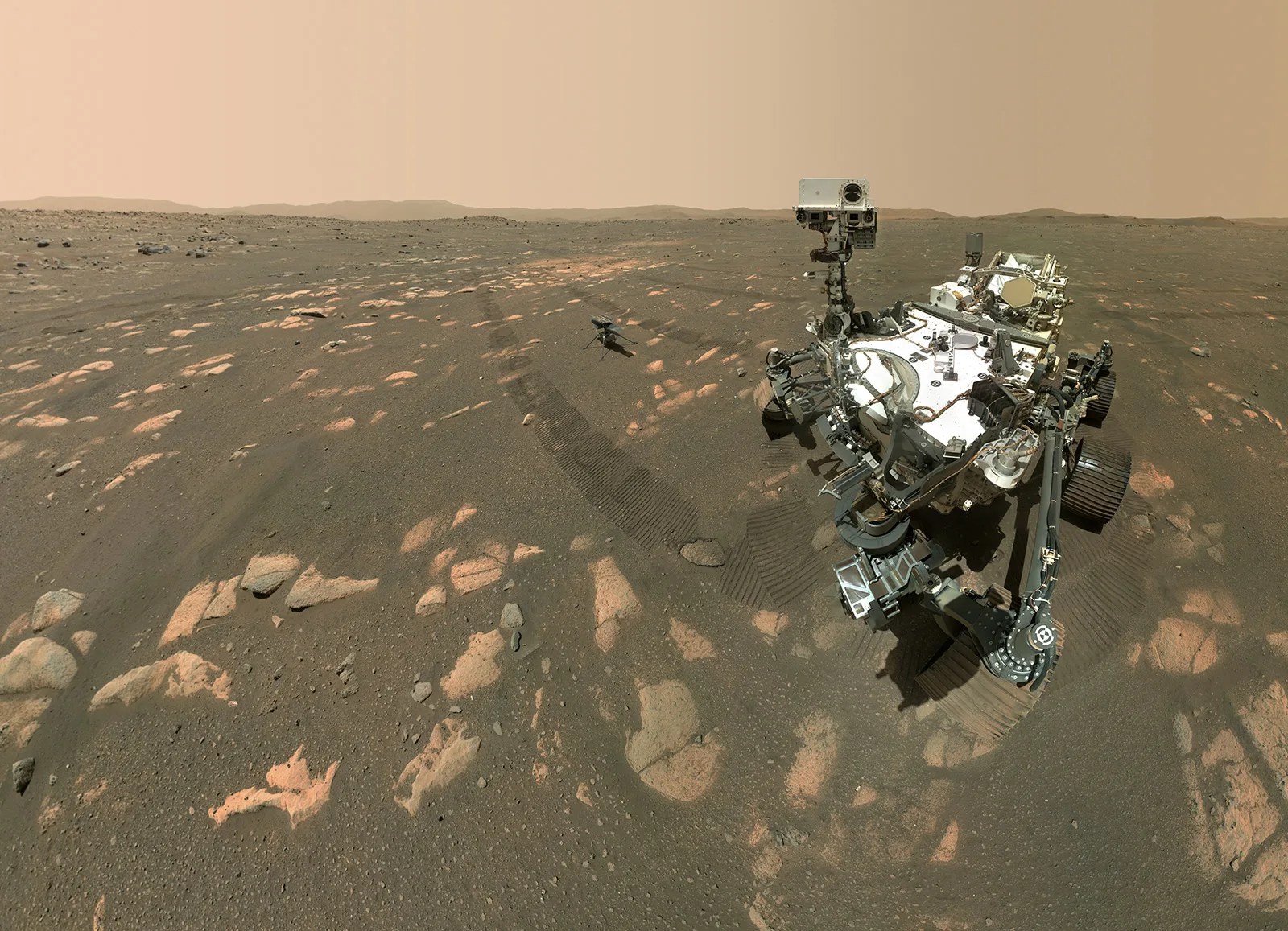
Meet Perseverance
Landing Site: Jezero Crater
NASA chose Jezero Crater as the landing site for the Perseverance rover. Scientists believe the area was once flooded with water and was home to an ancient river delta. The process of landing site selection involved a combination of mission team members and scientists from around the world, who carefully examined more than 60 candidate locations on the Red Planet. After the exhaustive five-year study of potential sites, each with its own unique characteristics and appeal, Jezero rose to the top.
Jezero Crater tells a story of the on-again, off-again nature of the wet past of Mars. More than 3.5 billion years ago, river channels spilled over the crater wall and created a lake. Scientists see evidence that water carried clay minerals from the surrounding area into the crater lake. Conceivably, microbial life could have lived in Jezero during one or more of these wet times. If so, signs of their remains might be found in lakebed or shoreline sediments. Scientists will study how the region formed and evolved, seek signs of past life, and collect samples of Mars rock and soil that might preserve these signs.
Jezero Crater is 28 miles (45 kilometers) wide, and is located on the western edge of a flat plain called Isidis Planitia, which lies just north of the Martian equator. The landing site is about 2,300 miles (3,700 kilometers) from Curiosity's landing site in Gale Crater.
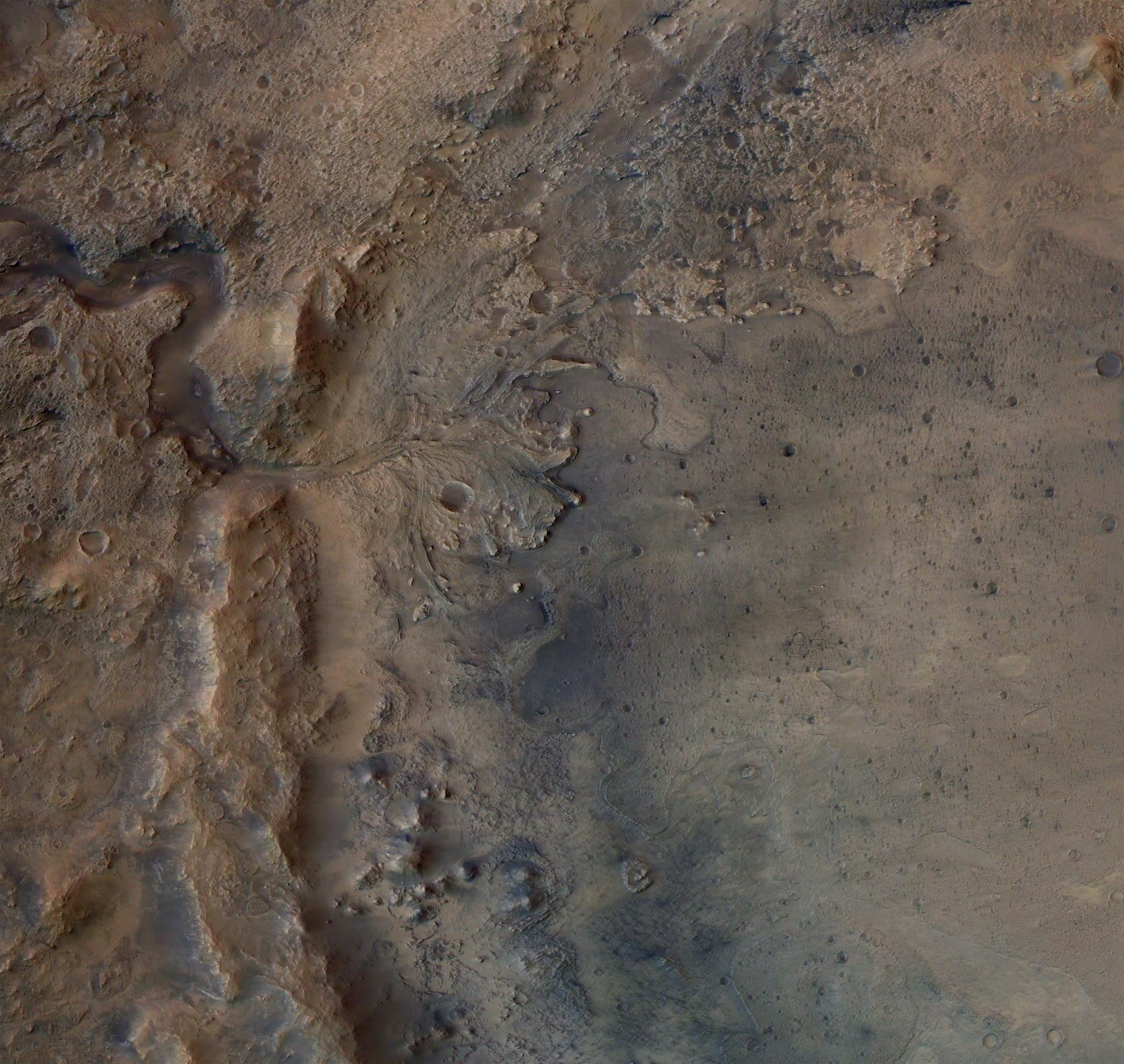
Mars Rock Samples: The Stories They Could Tell
NASA's Mars Perseverance rover is building a unique rock collection, which also includes samples of Mars atmosphere and loose surface material. These samples record the history of the Jezero Crater landing site, and may even preserve signs of ancient life. Learn more about these precious samples, which Mars Sample Return could deliver to Earth for detailed study in the future.
Learn MoreMars Ingenuity Helicopter
Strapped to the rover's belly for the journey to Mars was a technology demonstration — the Mars Helicopter, Ingenuity, which completed 72 historic flights making it the first aircraft to achieve powered, controlled flight on another planet.
Learn More